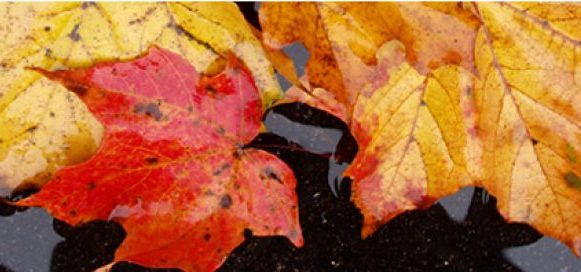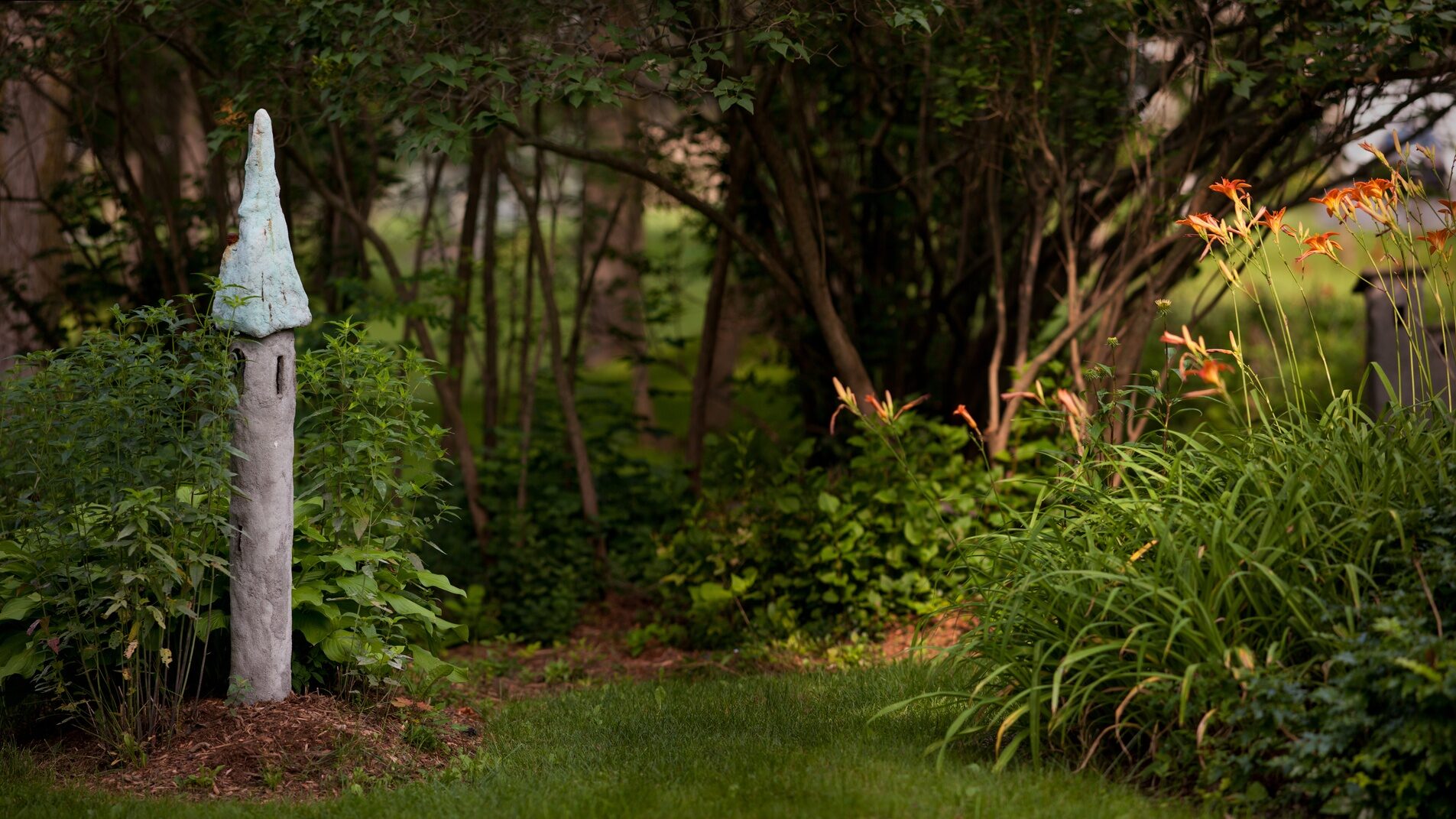If you want to write a better bio or statement, here’s a quick primer on how to do it, as well as some tips on knowing the differences between the two.
Artist’s Biography
The artist’s biography is a required piece of documentation when submitting works for a show or gallery. Unless you are a world-famous artist, most people won’t know you all that well, and you’ll need to help explain who you are, why you’re here, and why people should be interested in you. You may want to take the opportunity to flaunt your credentials, or your education. You may want to describe your solo shows, or your inspiration, or your artistic technique. Much of this information can overlap to your artist’s statement, but for the biography, you should keep it less personal, and more about the ‘whens’, ‘wheres’ and ‘whats’ of your art career. The biography isn’t as detailed or granular as your Curriculum Vitae, and not as personal and philosophical as your statement.
In many situations, the show or gallery requests an artist’s biography that doesn’t exceed 100 words. This is a challenging opportunity to condense your personal life to the span of a few paragraphs. With this in mind, here’s a list of what you need, at minimum:
What’s usually covered in an artist’s bio:
- Always written in the 3rd person (he, she)
- Where you are from
- Where you currently live
- What you are creating
- Your background in the current medium
- Your current projects
- Include a good picture of yourself
Here’s a sample of a short artist’s bio:
Phillip Estine is a contemporary abstract painter and part-time curator for the Foo Gallery in Waterloo, ON. He received a MFA Degree from the University of Waterloo, and has participated in over 20 group shows and 10 solo shows in the United States and Canada. He has lived in Toronto, New York, and San Francisco, and is currently residing in Kitchener. His paintings are mostly oil on canvas and his signature work consists of bright, bold colours, with heavily-layered impasto effects.
Artist’s Statement
In some situations, you may also be asked to provide a personalized artist’s statement. It may even be requested in lieu of a biography, but it often seen alongside the biography to provide a degree of personal insight from the artist. Remember, if you’re not present when your work is being viewed, the artist’s statement is your proxy to the viewer, and perhaps your one chance to explain what you’re doing. When writing your statement, imagine talking to a potential customer while standing in front of your best work. Next, imagine explaining the piece to them.
What’s usually covered in an artist statement:
- Always written in the 1st person (I, me, my)
- What inspires you
- What you want to say
- What you are creating
- What your work is like
- What your challenges are
- Your philosophy/poltics/technique
Here’s a sample of a short artist’s statement:
My work explores the dichotomy between nature and urban spaces. What starts out as hope soon becomes corrupted, leaving only a sense of failure, but with the chance of a new opportunity.
I don’t set out determined to produce art about any given subject. My sketchbook is always close at hand, so I am constantly drawing, perfecting my craft. Sometimes the drawings are left in the sketchbook and other times they develop into more in-depth ideas and detailed images.
Each project often consists of multiple works, often in a range of different media, grouped around specific themes and meanings. During research and production new areas of interest arise and lead to the next body of work.

